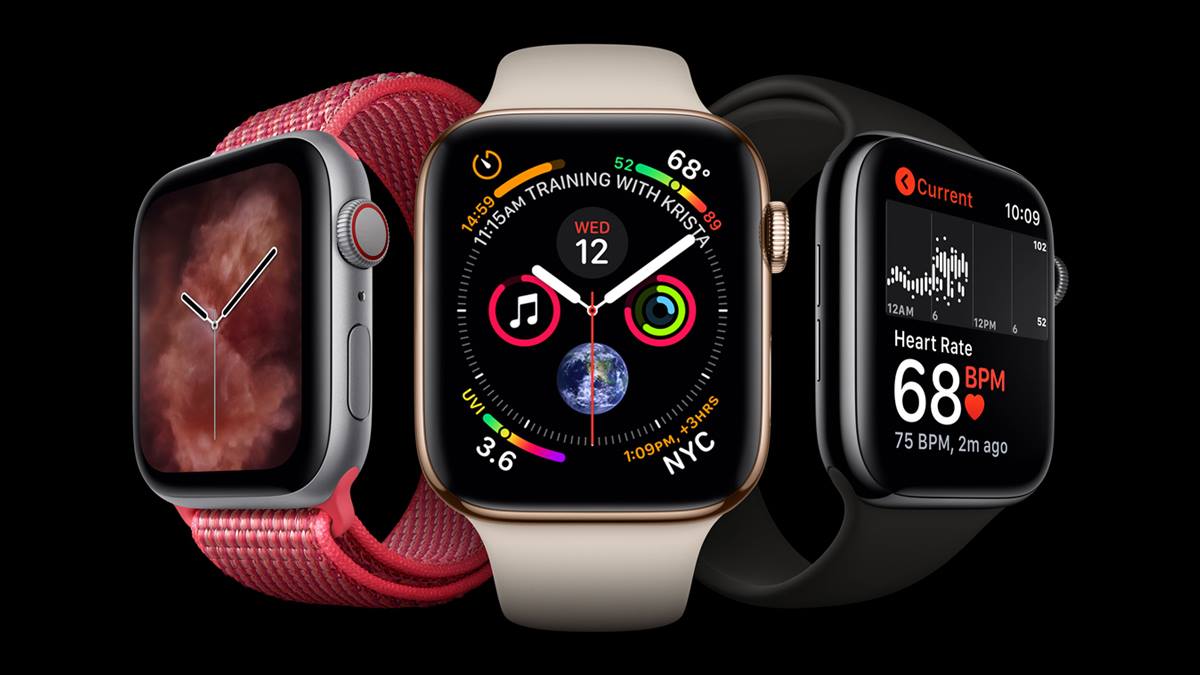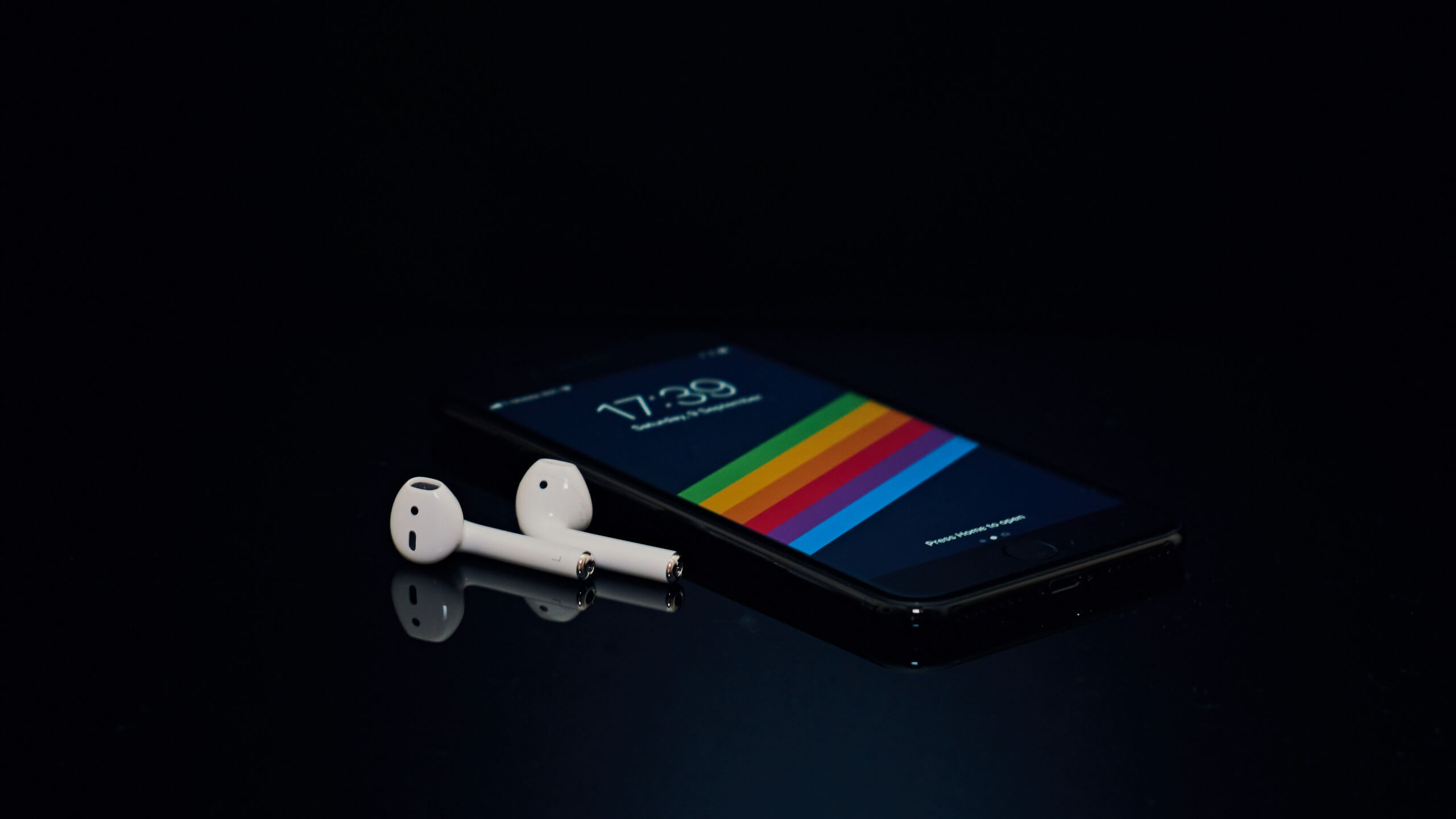
For the last couple of years, we have seen upscale in the sales of wearable devices, indicating that we are more concerned about our health and moving toward the world of wearables technology.
Table of Contents
The most important point here is that we used to keep ourselves fit when there was no wearable technology in the market, right? Then why we are moving towards it? Because we want the data of our daily routine in figures.
Take an example:
Before wearables, we completed 5 rounds in the ground of 5KM by running and burned some amount of fat as we were sweating badly. But we didn’t know how many calories we burned. Once we had a wearable tech with us, we got to know that the ground was not even 5km. Above that, we now have the actual data in figures that how many miles we ran, how much fat we burned, what was heart rate, and how many steps we took. So we believe in a wearable, and it is a natural human tendency to think in figures rather than rough data.
So let’s start the three forms of wearables…
The history of wearable technology starts with a watch, a simple device to tell the time. Watches kept evolving since then, but in 2004, a fashion design company CuteCircuit unveiled a Bluetooth-connected electronic gadget and called it HugShirt. Since then, every company wanted to get its hands dirty in the smartwatch world. In 2008, Ilya Fridman included Bluetooth hidden in a pair of earrings.
Come 2009, and Fitbit came up with its first wearable, and in September 2013, Samsung released its first watch Samsung Galaxy Gear. Apple quickly followed suit and came up with the Apple Watch in April 2015. Also, Huawei launched its first smartwatch in 2015. Now, every year these companies launch a new wearable product with the latest technology integrated into it. You can read more technology blogs from a leading app development company to stay updated with the current technologies.
In present times, wearable tech has become a significant part of our life. They are somewhere making our life better by monitoring our health. As you all know that Apple watch is a life saver watch and known for saving the lives of many users. In September 2019, they introduced a new feature called electrocardiogram(ECG) monitoring. It was a revolutionary step in the field of wearables. By looking at the data of ECG, a doctor can gain insights about your heart rhythm and look for irregularities.

We can now do almost everything with a smartwatch:
Now, you can imagine, from telling time to saving our life, how wearable devices evolved in a course of 5 centuries.
As far as we have seen the past and the present of wearables, now let’s talk about its future. According to Statista, the number of 4G connected wearable devices worldwide in 2017 amounted to 526 million. Imagine what is going to be its future. Interesting, right?
A significant number of users can’t afford the latest watch offered by Apple because of its high price. Moreover, you’ll have to own an iPhone to use the Apple Watch. As time is passing, new companies like Xiomi and Huawei are coming with affordable wearables that an average smartphone user can purchase.
Bose Frames

Bose Frames are not just an ordinary pair of sunglasses, for they’re also an audio device. The speakers are pointed backward, allowing them to fire audio into your ears without the need for earbuds. Next level, right?
Microsoft HoloLens 2
Microsoft could keep its calm only for so long, and it came with a breathtaking technology in the form of glasses. Microsoft named it HoloLens 2. It has a new custom Holographic Processing Unit(HPU), and it can analyze visual data locally, without the need to send any data to the cloud.
It works flawlessly and you get to work just the way Tony Stark does when he is busy in his lab.
Garmin Vivoactive 3 Music
It is the first Garmin smartwatch to include LTE connectivity. It lets you download 500 songs to your watch and comes with 15 preloaded fitness apps, according to your need.
Apple Watch
The first Apple was launched in back 2014. It could make wireless payments, talk, and also included text functionality. It was aptly included in the Time’s Best 25 Inventions of 2014. Currently, we have the 4th generation of the Apple Watch that supports ECG and an eSIM.
Apple AirPods

I know some of the readers are using it, and why not? They are perfect for an iPhone user as most of the Apple products work on its ecosystem.
Some of you might know about them, and they are just like a standard earphone launched by Apple in December 2016. According to Apple “AirPods will forever change the way you use headphones. Whenever you pull your AirPods out of the charging case, they instantly turn on and connect to your iPhone, Apple Watch, iPad, or Mac”. This year, an updated version of Apple AirPods can come.
With the increasing interest of users toward wearables, new companies can come up with new affordable products in the market. New opportunities are waiting for every freelancer and app development company to develop an app that is compatible with new wearables gadgets.
